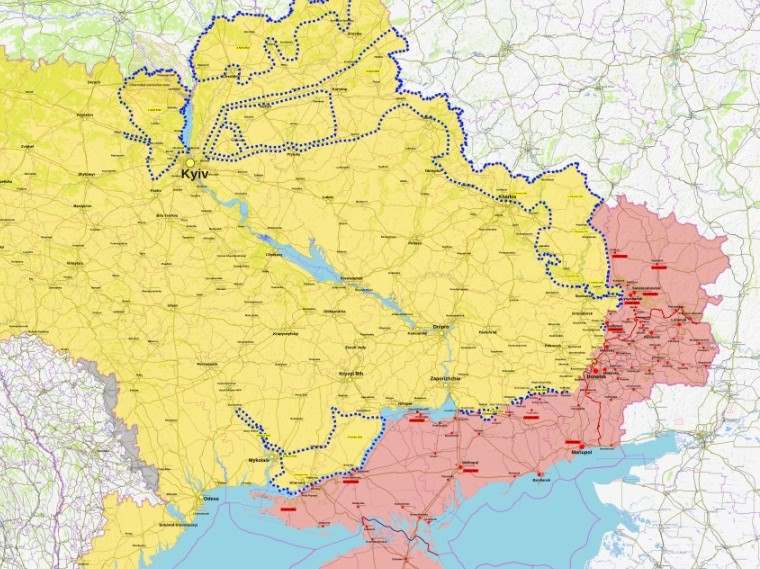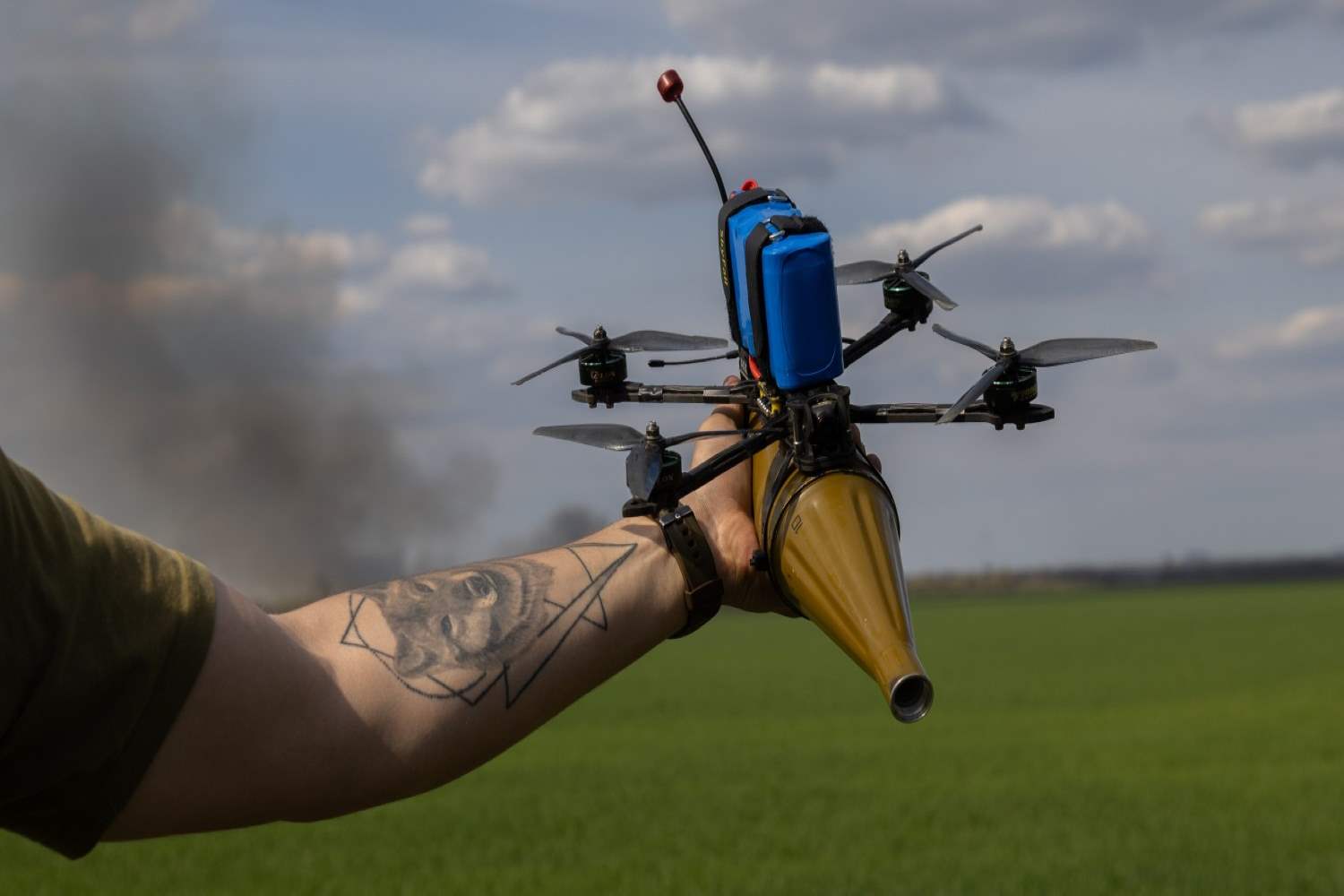Drone Warfare to Become Reality
Kyiv calls for an unmanned buffer zone as drones take centre stage.

While military drones have been a part of warfare for more than thirty years, the idea of total drone battles has remained the topic of science fiction—until now.
This is because Ukrainian military chiefs have called for the frontline to be occupied not by human soldiers, but with uncrewed airborne and ground drones.
The announcement was made by Ukrainian Defense Minister Rustem Umerov, who outlined the project dubbed ‘Drone Line’ in a recent press conference. Here he explained how the plan has two core objectives; to construct a continuous drone reconnaissance capability along the front line, and to boost support and coordination for infantry units through the formation of a buffer strip where no troops can move undetected.

This ‘no-go’ area would extend 15km in front of regular soldiers and would be deemed a ‘kill zone’ where any enemy advance could be identified and attacked with either artillery or drones. This would make regular, human soldiers safer by removing them from the point of first contact with the enemy.
“It reflects current technological capabilities and strategic considerations,” notes Mykyta Rozhkov, the chief managing officer at Frontline, a Ukrainian robotics engineering company.
One example of how drone technology advances can enable a ‘Drone Line’ is the Chaklun drone, manufactured by the Ukrainian company RC Direction.
“The Chaklun-K and Interceptor drones are functioning air defense systems designed to counter enemy reconnaissance and strike drone types,” explains Ivan Sybyriakov, a senior manager of the Unmanned Systems Center. “Their main advantage is they can stay in the air for more than two hours in monitoring mode, which is much longer than conventional FPVs.”
Related: The Growing Role of Ground Drones in Ukraine or Sweden Deploys Drone Swarms
“This range allows for effective recon and engagement of enemy forces before they can pose a direct threat to Ukrainian positions,” says Rozhkov.
Adding that the excellent rate of drone construction from Ukrainian suppliers could even allow the buffer zone to be extended to 40km. As Valerii Iakovenko, the founder of DroneUA (an industry body for Ukraine’s drone manufacturing sector) noted recently on social media, stating that Ukraine can now produce up to 2,500 heavy drones per month and 4,000 small drones per day.

Ukraine’s vision of a soldierless frontline powered exclusively by drones represents a bold leap into the future of warfare. The concept is not just about replacing human soldiers with machines but about creating a highly efficient, scalable, and technologically sophisticated defence network that can adapt to battlefield conditions in real time. However, the path to achieving this vision is fraught with significant technical and logistical hurdles.
One of the primary challenges lies in the development of a robust and reliable drone ecosystem. Autonomous and remotely operated drones require seamless communication networks, which are vulnerable to electronic warfare and cyberattacks. Ensuring uninterrupted connectivity in contested environments will demand advanced countermeasures, redundancy in control systems, and potentially the integration of satellite and high-frequency radio links.

Another critical factor is the logistical infrastructure required to sustain a drone-based frontline. Unlike conventional military units, drones rely on a continuous supply of power, spare parts, and software updates. Battery technology remains a limiting factor, as even high-end drones have limited flight endurance. Developing a rapid recharging or battery-swapping system, coupled with mobile repair stations, will therefore be essential to fulfilling Kyiv’s plan. Additionally, ensuring a steady production pipeline of drones, sensors, and ammunition—whether through domestic manufacturing or reliable foreign supply chains—will be key to preventing shortages.
Interoperability also presents a major challenge. The Ukrainian military currently fields a mix of domestically produced and Western-supplied drones, each with different communication protocols, control systems, and maintenance requirements. Unifying these assets into a coherent network will require standardization in software and hardware, as well as the development of centralized command-and-control hubs that can coordinate thousands of uncrewed systems simultaneously.
While Ukraine has already demonstrated its ability to innovate rapidly in drone warfare, transitioning to a full ‘drones only’ frontline will require sustained investment and possible breakthroughs in autonomous technology. If successful, this shift could redefine modern warfare, setting a precedent for future conflicts where machines—not soldiers—bear the brunt of the frontline fight.

